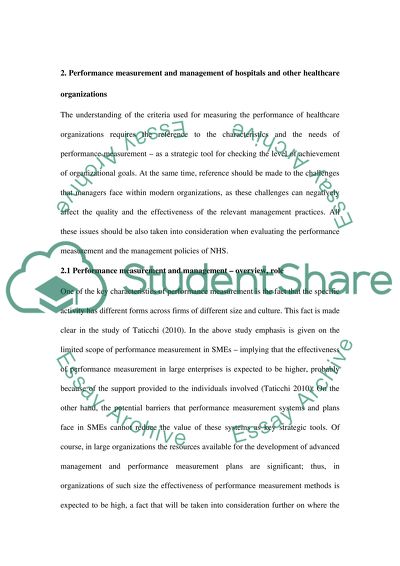Cite this document
(“The need for appropriate performance measures and management has been Essay”, n.d.)
Retrieved from https://studentshare.org/environmental-studies/1408058-the-need-for-appropriate-performance-measures-and
Retrieved from https://studentshare.org/environmental-studies/1408058-the-need-for-appropriate-performance-measures-and
(The Need for Appropriate Performance Measures and Management Has Been Essay)
https://studentshare.org/environmental-studies/1408058-the-need-for-appropriate-performance-measures-and.
https://studentshare.org/environmental-studies/1408058-the-need-for-appropriate-performance-measures-and.
“The Need for Appropriate Performance Measures and Management Has Been Essay”, n.d. https://studentshare.org/environmental-studies/1408058-the-need-for-appropriate-performance-measures-and.


